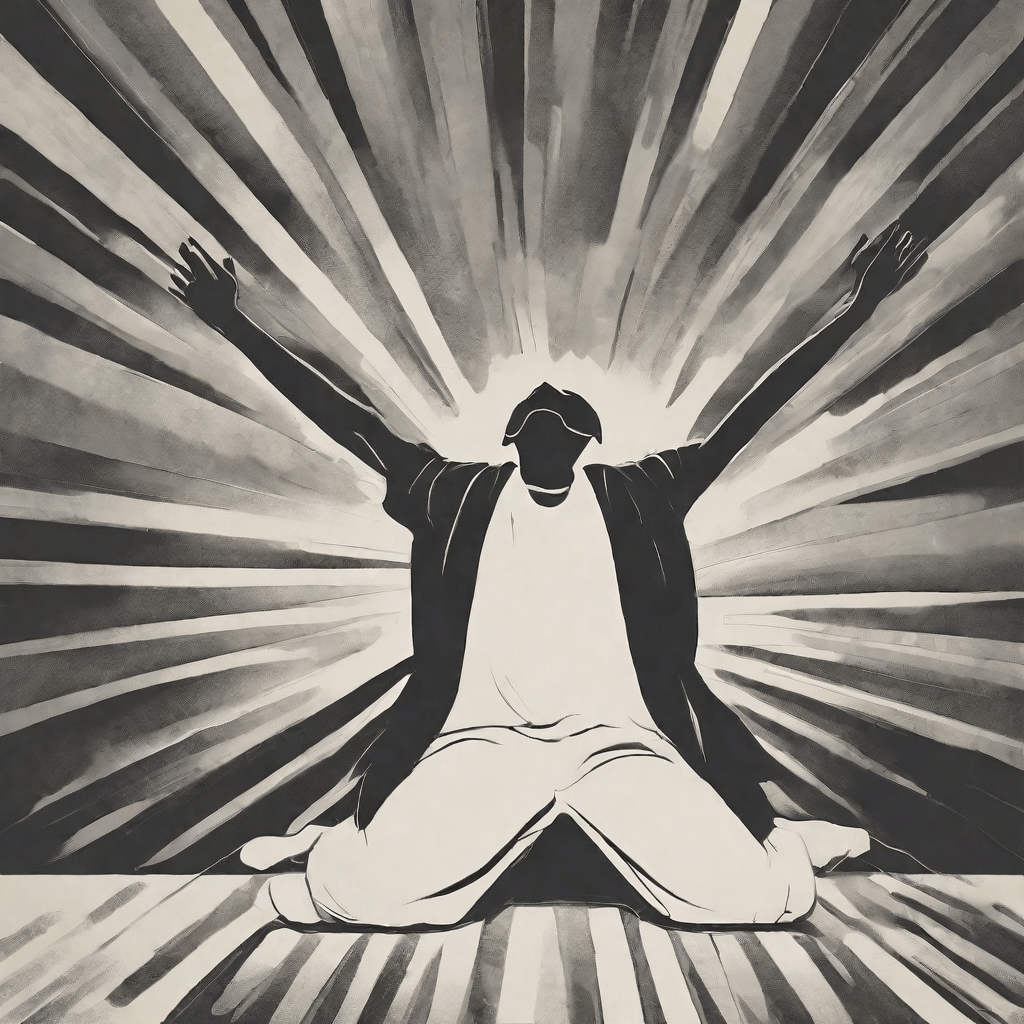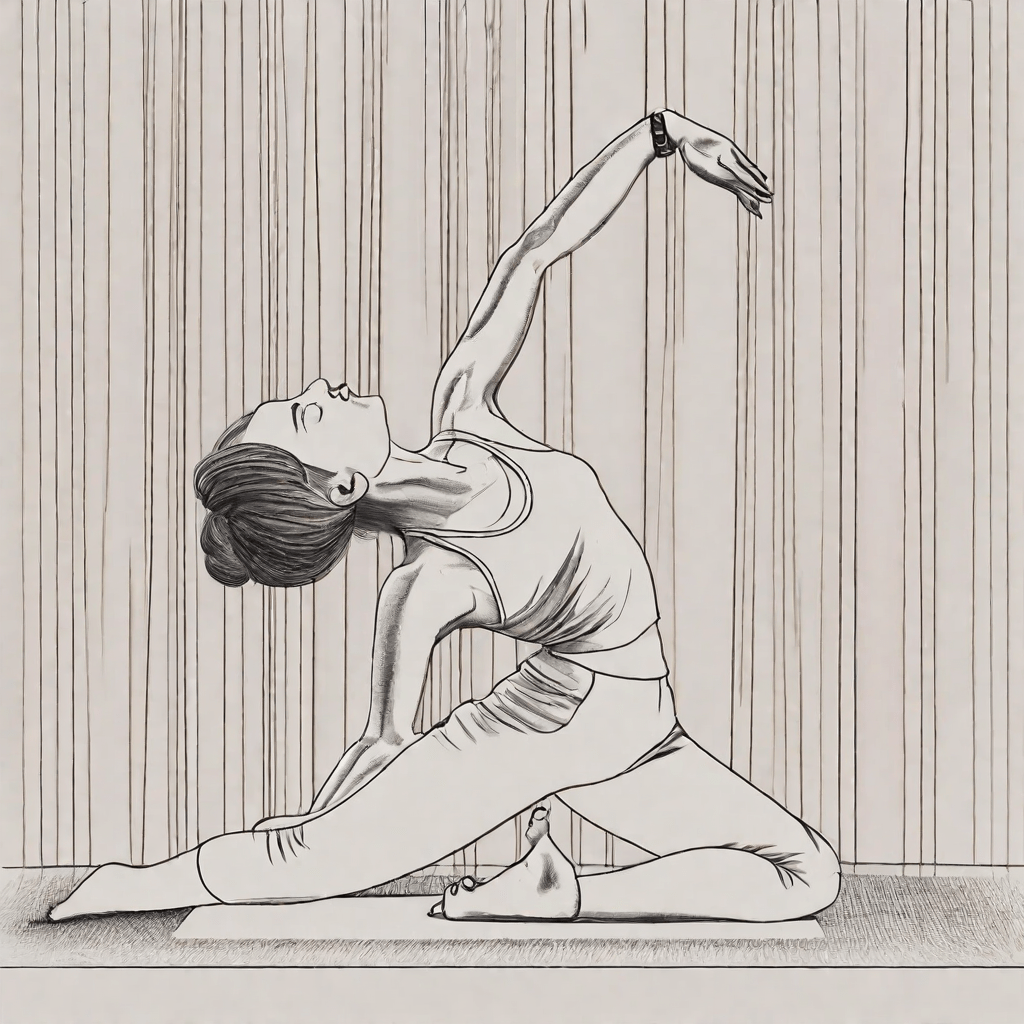5 Effective Emotional Release Therapy Techniques You Can Try at Home

Feeling overwhelmed by stress? You’re not alone. According to the American Psychological Association, chronic stress is a nationwide epidemic that impacts our mental and physical health.
One breakthrough approach to managing stress that garners attention in the mental health sphere is emotional release therapy . It’s a holistic practice that helps individuals to channel, explore, and ultimately release pent-up emotions, essentially paving the way towards personal growth and healing.
In circumstances where professional help is not immediately accessible or affordable, self-administered techniques can provide invaluable relief.
While performing any method at home without a skilled professional’s guidance may seem intimidating, it is absolutely possible and can be incredibly beneficial.
These self-help strategies work wonders in managing emotions, establishing stronger self-awareness, and achieving healthier responses to stress.
This piece takes you on a journey through five effective emotional release therapy techniques that you can indeed try at home.
Experiment with these strategies, be patient with yourself, and remember that progress is about consistent effort rather than perfection.
Now, let’s delve into these transformative emotional healing techniques.
Technique 1: Deep Breathing Exercises

Deep breathing is the foundation of many emotional healing therapies, like emotion-focused therapy and holistic therapy techniques.
It’s pivotal in resetting our stress responses, allowing us to tap into a more relaxed, calmer state of mind.
Explanation of how Deep Breathing Interacts with the Nervous System
Deep breathing exercises offer direct access to your body’s autonomic nervous system—an essential part of your nervous system that commands your body’s unconscious actions like heart rate and digestion.
When you’re stressed, this system goes into overdrive, leading to known stress reactions like a racing heart and quickened breath.
Deep breathing is like hitting the pause button, telling your system to slow down, thus promoting calmness and relaxation.
Steps to Perform Effective Breathing Exercises at Home
Much like emotional declutter therapy, deep breathing helps in clearing your mind body connection. Here is a simple breathing exercise you can practice at home:
1. Rest comfortably seated or lie down in a quiet space.
2. Close your eyes and take a moment to ‘check in’ with your current state. Notice how you feel.
3. Now, take a slow, deep breath in through your nose, counting to four.
4. Hold your breath for another four counts.
5. Then, let out a slow, controlled breath through your mouth for a count of four. Try to expel all the air from your lungs.
6. Repeat this cycle for a few minutes, or until you start to feel calmer and more relaxed.
Recognize that deep breathing is not about taking the biggest breaths possible but slow and controlled breaths.
You might find guided breathing or meditation apps helpful when starting with breathing exercises. With practice, this technique could become a go-to stress buster, offering immediate emotional release anytime you need it.
Technique 2: Progressive Muscle Relaxation

If you’re looking for a technique that combines elements of emotional trauma therapy and energetic healing methods, then Progressive Muscle Relaxation (PMR) is just right for you.
Rooted in the essential concept of somatic experiencing therapy, PMR focuses on bodily sensations to help manage stress and emotional distress.
How this Technique Can Help Reduce Physical Signs of Emotional Stress
Under stress, your body tends to tense up as a natural response. Over time, you might not even recognize that your muscles are tight; it becomes your body’s default state. PMR acts like a body-based emotional discharge technique that gradually relaxes the entire body, soothing away physical signs of emotional stress such as body aches, headaches, and sleep problems.
By consciously relaxing your muscles, you send signals to your brain to release emotional tension too.
As a result, you’ll experience a greater sense of calm and wellbeing, similar to the effects of emotion-focused therapy. PMR is safe, free and can be implemented whenever and wherever you want.
Guide to Practicing Progressive Muscle Relaxation at Home
1. Begin in a comfortable position—sitting or lying down—and close your eyes.
2. Start with a few deep breaths, relaxing your mind.
3. Now, focus on one muscle group at a time. You could start with your toes, tensing them as much as possible. Hold this tension for about five seconds, then let go, allowing the muscles to relax fully.
4. Gradually work up your body, following the same tense-and-release pattern: feet, legs, abdomen, arms, hands, shoulders, neck, and face.
5. After you’ve relaxed all your muscles, lie still for a minute or two, savoring the relaxation.
Like cognitive emotional therapy, PMR allows you to become more aware of physical sensations and how they’re linked to your emotions.
Use this technique daily or whenever you’re feeling stressed, and see the transformative impact it has on your emotional well-being.
Technique 3: Expressive Writing

Expressive Writing, akin to expressive arts therapy, is a powerful emotional freedom technique that encourages people to write about their deepest thoughts, emotions, and experiences.
It can work as your emotional healing therapy, helping you process your feelings and reduce the intensity of negative emotions.
Research Supports Expressive Writing’s Impact on Stress Reduction
Over the decades, health psychologists have emphasized the therapeutic benefits of expressive writing.
A study by Pennebaker & Beall in 1986 was one of the first to reveal how expressive writing could lead to marked improvements in physical health, reduce stress symptoms, and enhance mood.
Later studies corroborated these findings and suggested that writing could help individuals cope with traumatic, stressful, or emotional events.
Journaling one’s thoughts and feelings can serve as an emotional declutter therapy.
Writing helps to put things into perspective, provides an opportunity to revisit emotions from a new viewpoint, and acts as a tool for emotion-focused therapy, helping individuals cope with heavy emotional burdens.
Tips for Implementing this Technique in Daily Routine
To practice expressive writing, you don’t need complex guidelines. All you need is a pen, a notebook, and a quiet space. Here are some tips to get started:
1. Set aside 20 minutes each day for writing. Consistency is key.
2. Write non-stop and let your thoughts flow freely. Don’t worry about grammar, punctuation, or coherence.
3. Write about something that’s affecting you emotionally. It could be a tough situation at work or home, a personal fear, or a traumatic experience.
4. Allow yourself to feel. Don’t hold back. It’s okay if you feel emotional discomfort while writing — it’s part of the process.
5. After writing, take a few moments for self-reflection. Try to understand your emotions better.
Be patient with yourself as changes won’t happen overnight. With time, expressive writing can help bring catharsis, healing, and emotional release.
Technique 4: Guided Visualization

Guided Visualization, an integral part of holistic therapy techniques, is a powerful way to harness the mind-body connection for emotional release.
Much like expressive arts therapy, it provides a creative avenue towards stress relief and emotional well-being.
The Science Behind Visualization and How It Can Lead to Emotional Release
Visualization, or mental imagery, taps into the brain’s intrinsic ability to create vivid mental pictures.
Just as athletes use visualization as a tool for peak performance, it can lead to emotional well-being in the context of emotion-focused therapy.
Research indicates that the brain doesn’t differentiate between a well-imagined thought and an actual event, which means the feelings we generate through visualization feel very real.
This is why imagining a peaceful place can encourage calmness, while mentally rehearsing a confrontation can help prepare for it emotionally.
It’s a cognitive emotional therapy that simultaneously influences physical relaxation by tapping into the sensory experiences stored in our memory.
Suggestions on How to Perform Guided Visualization Independently
For successful guided visualization at home, follow these simple steps:
1. Find a quiet, comfortable place where you can sit or lie down without interruptions.
2. Close your eyes and take several deep, relaxing breaths.
3. Begin constructing a calming scenario in your head. A peaceful beach, a sunlit forest, a cozy room – choose a scenario that brings comfort to you.
4. Try to include as much detail as possible. Imagine the warmth of the sun on your skin, the sound of the waves, or the coziness of the soft blanket around you. Engage all your senses.
5. If negative thoughts creep in, just acknowledge them and gently guide your mind back to your peaceful scenario.
6. Practice this for about 10-20 minutes daily, or as needed.
Emotional healing therapy like guided visualization can require practice, but with patience, it can become a powerful tool for stress relief and emotional regulation.
Allow your mind the freedom to explore the positive, peaceful scenarios, helping you move closer to your goal of emotional release.
Technique 5: Physical Exercises (like Yoga or Tai Chi)

Physical exercises are more than just a means to improve our fitness. They serve as a dynamic tool for emotional healing therapy, merging the power of the mind and body to foster emotional release.
Understanding the Mind-Body Connection and the Significance of Physical Activities on Emotional Health
The inherent wisdom of the mind-body connection has been the cornerstone of many therapy techniques such as somatic experiencing therapy and energetic healing methods.
Stress and emotional pain tend to manifest themselves as tension or discomfort in the body.
By engaging in physical activities, we can relieve this tension, improve our mood, reduce stress, and promote a sense of overall well-being.
Studies have shown that exercises like yoga and tai chi not only strengthen the body but also enhance mental focus, calm the mind, and help regulate emotions.
Yoga, in particular, combines deep breathing, gentle stretches, and mindful meditation, making it an excellent emotional freedom technique.
Instructions for Beginner-Friendly Exercises that Focus on Emotional Release
Yoga, Tai Chi, or even a simple walk in nature can help reconnect with yourself, create a sense of calm, and stimulate emotional healing. If you’re new to all this, here’s a gentle yoga pose you can try:
Child’s Pose (Balasana):
1. Kneel on a yoga mat with your toes together, then spread your knees wide apart.
2. Lower your torso between your thighs as you extend your arms in front of you.
3. Rest your forehead on the mat. Feel the stretch along your back and the release of tension.
4. Stay in this position for several slow breaths, focusing on fully inhaling and exhaling.
Child’s pose is soothing and restorative. It helps to quieten the mind and gently stretches the body–a perfect embodiment of grief healing therapy and emotional release therapy.
Always remember to listen to your body and modify as needed. With consistency, these exercises could serve as an accessible emotional discharge technique right in your daily routine.
Empowering Yourself with Emotional Release Therapy
Exploring methods for emotional release at home is an empowering way to take charge of your emotional health.
Through techniques such as deep breathing exercises, progressive muscle relaxation, expressive writing, guided visualization, and physical exercises like yoga, you have the ability to facilitate healing right at your fingertips.
The beauty of these techniques lies in how they allow you to tune into your body’s wisdom, manage stress, and facilitate emotional healing, all in the comfort of your own space.
The goal isn’t to eradicate negative emotions but to learn to navigate them healthily– to acknowledge them, understand them, and let them pass without allowing them to overwhelm your mind, similar to the principles of grief healing therapy.
As you embark on your journey towards emotional well-being, remember: small, consistent efforts can bring significant change.
Be patient and kind to yourself. If you find yourself overwhelmed, do not hesitate to seek professional help.
Sometimes, talking to a mental health professional or exploring options like somatic experiencing therapy with a therapist can offer further guidance and support.
Emotional release therapy provides powerful tools, not just to merely survive stress-stricken periods but thrive amidst them.
So, embark on this journey of emotional exploration and healing, and experience the transformation within.

